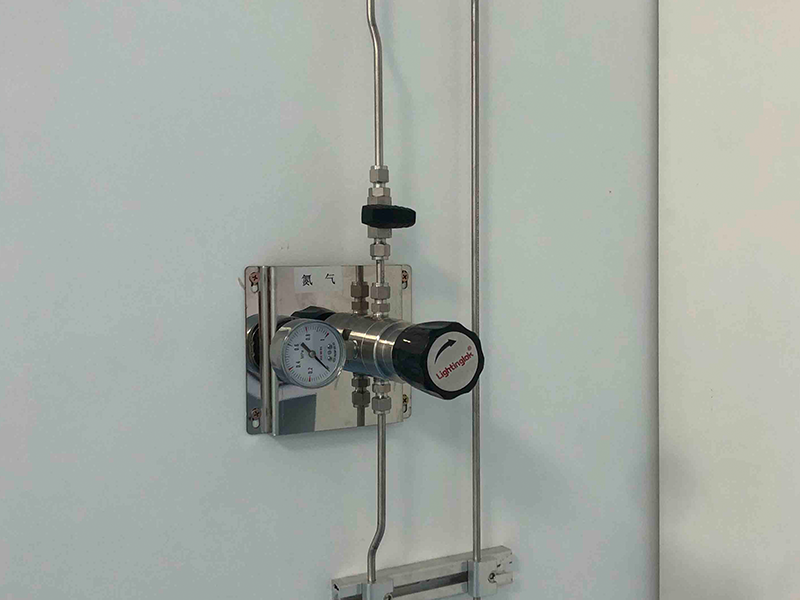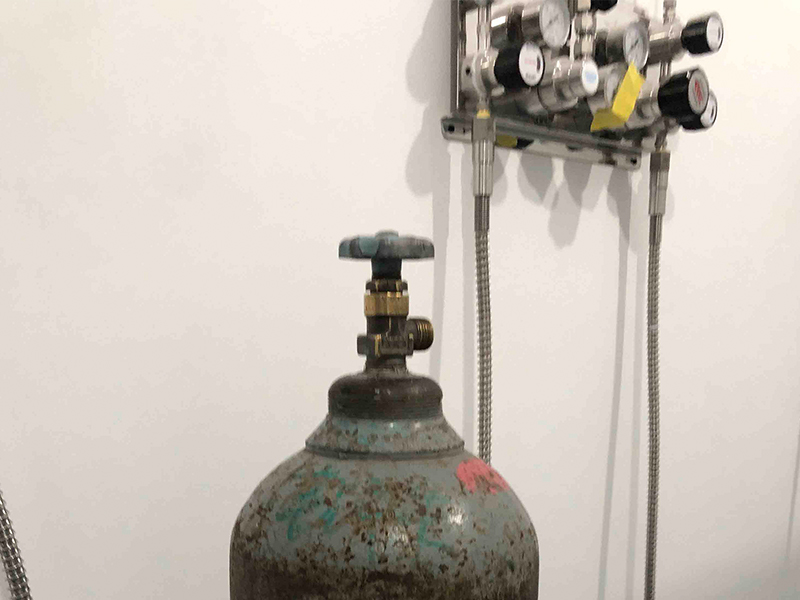Installing laboratory gas piping isn’t something to take lightly. Even minor oversights in planning, materials, or installation can result in leaks, equipment failure, or laboratory hazards. Here’s a technical walk-through of the fundamentals every compliant lab should address:
Planning and Design Thoroughly survey the laboratory’s operational requirements—identify the types of gases in use, anticipated flow rates, and system pressure setpoints. Design should explicitly adhere to established codes (NFPA, ISO, OSHA) and incorporate system redundancies: include accessible isolation valves, appropriate regulators, and pressure relief mechanisms strategically positioned for rapid response. Emergency contingencies must be built in at the design phase.

Material Selection Choose piping materials based on chemical compatibility and operational longevity. For high-purity or reactive gases, opt for stainless steel to prevent contamination or system compromise. Copper is generally sufficient for inert gases. Never mix incompatible metals, as doing so can compromise containment and lead to hazardous reactions—consult material compatibility standards prior to selection.
Installation Practices Qualified, certified professionals should handle all installation work—this is not optional. Pipes must be correctly labeled (gas type, direction of flow), and all supports or anchors rated for the environmental load and vibration profile. Before turning the system live, use rigorous leak detection (pressure decay tests, helium leak sniffers, etc.) to confirm system integrity. No guesswork—verify every joint.
Ventilation and Safety Systems Only install gas piping in adequately ventilated areas to prevent accumulation. Emergency shutoff valves must be immediately accessible. Integrate automated alarm systems designed to detect leaks, abnormal pressure shifts, or atypical conditions; alarms should be tied to facility notification systems for rapid response.

Documentation and Training Maintain comprehensive documentation: as-built schematics, inspection logs, and standard operating procedures must be available and updated. Staff should receive technical training covering operational protocols, emergency shutdown steps, and routine inspection requirements. Training must be continuous and up to date.
Bottom line: Adhering to this checklist drastically reduces the risk of laboratory incidents. When done to spec, laboratory gas piping remains safe, functional, and compliant, ensuring uninterrupted research operations and personnel safety. No cutting corners; technical precision here is non-negotiable.


